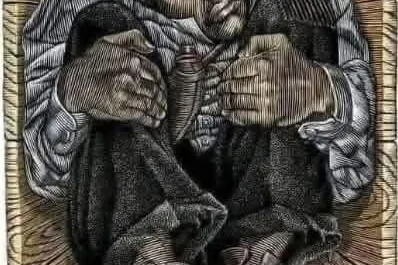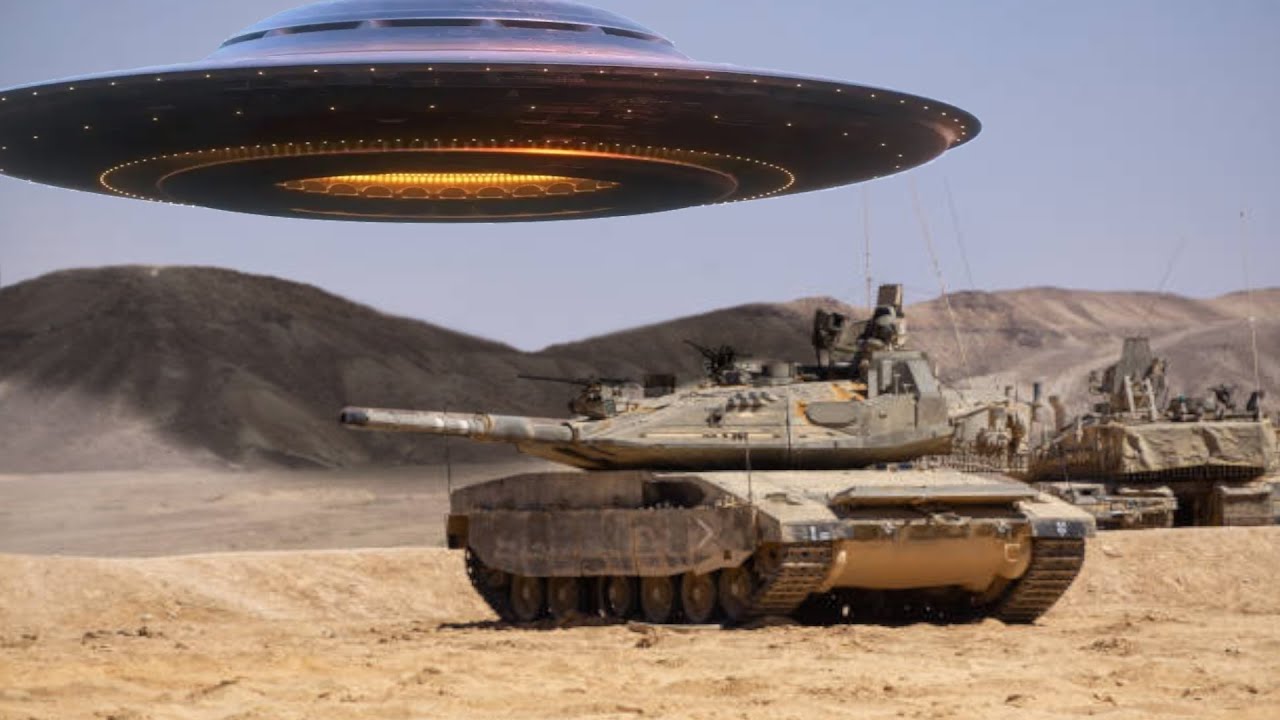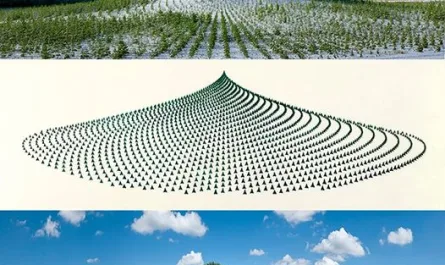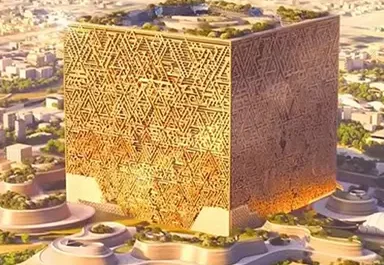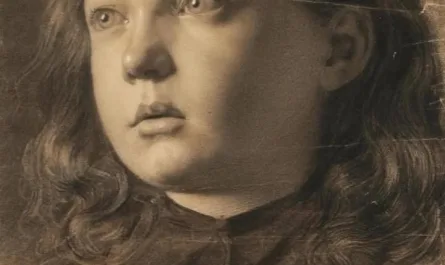A Journey Through 2,300 Years
Bronze sculpture has undergone a remarkable transformation over millennia, reflecting the shifting tastes, technologies, and cultural priorities of each era. A viral image recently circulating online offers a witty snapshot of this evolution, juxtaposing a classical antiquity piece with a modern-day creation.
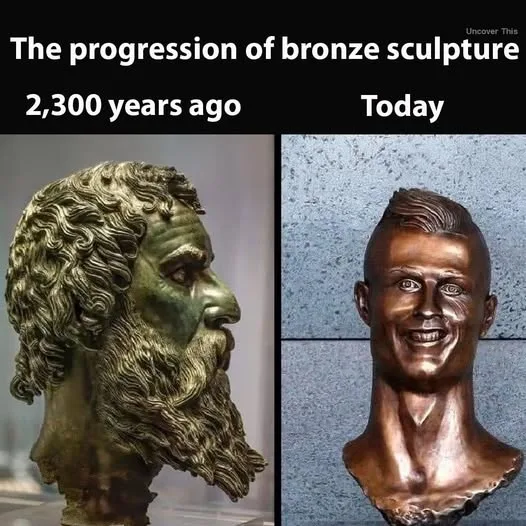
2,300 Years Ago: The Classical Mastery
The left side of the image showcases a bronze bust from approximately 2,300 years ago, likely originating from the Hellenistic period of ancient Greece (circa 323–31 BCE). This sculpture exemplifies the pinnacle of classical artistry, with its finely detailed curls of hair and a meticulously sculpted beard that suggest the work of a master craftsman. The patina—a natural greenish hue from centuries of oxidation—adds to its historical authenticity. Such busts were often commissioned to commemorate deities, philosophers like Socrates, or victorious generals, embodying the era’s reverence for idealized beauty, wisdom, and heroism. Techniques like the lost-wax casting method, perfected during this time, allowed for the intricate detailing that remains awe-inspiring today.
Today: The Modern Celebrity Icon
On the right, we encounter a starkly different bronze bust, unmistakably modeled after a contemporary sports icon, likely Cristiano Ronaldo, given the recognizable hairstyle and chiseled features. Unveiled in 2017 at the Madeira Airport in Portugal, this sculpture was crafted by artist Emanuel Santos to honor the footballer’s achievements. The smooth, polished surface and dynamic pose reflect modern sculpting techniques, including advanced 3D modeling and precision casting. This piece symbolizes the current trend of celebrating living celebrities, particularly athletes, whose global fame rivals that of ancient heroes. The sculpture’s creation sparked both admiration and amusement due to its stylized interpretation, further amplified by its viral online presence.
The Shift in Perspective: Art Meets Culture
This juxtaposition highlights a profound evolution in the purpose and style of bronze sculpture. In antiquity, these works were deeply tied to mythology, religion, and civic pride, often placed in public squares or temples to inspire and educate. The materials and techniques were labor-intensive, requiring skilled artisans and patronage from the elite. Today, bronze sculptures often serve as personal tributes or commercial ventures, leveraging modern technology for quicker production and wider distribution. The shift from philosophical ideals to pop culture icons mirrors societal changes, where individual fame and media influence now dominate artistic expression.
The craftsmanship also tells a story: ancient sculptors relied on manual skill and observation, while modern artists benefit from digital tools and mass production capabilities. Yet, both eras share a common thread—the desire to immortalize what society holds dear. The humorous contrast in the image, with its side-by-side comparison, invites us to reflect on this journey and appreciate the diversity of artistic intent across time.
Reflection and Discussion
What does this evolution say about our values today compared to 2,300 years ago? Does the rise of celebrity sculptures diminish the classical tradition, or does it expand the definition of art? Share your insights and favorite sculptures in the comments—we’d love to hear your perspective!
